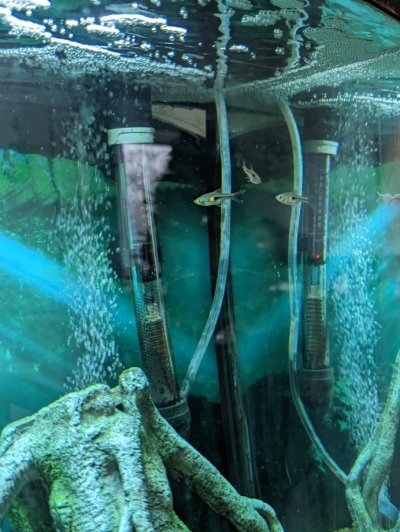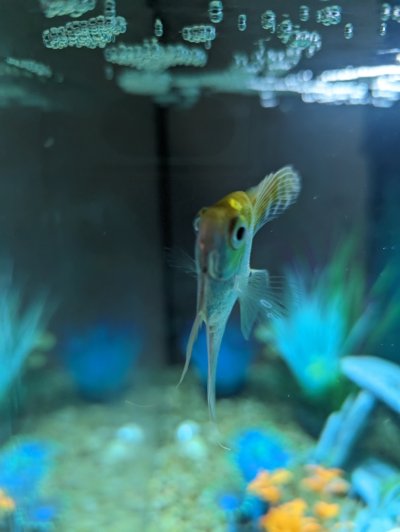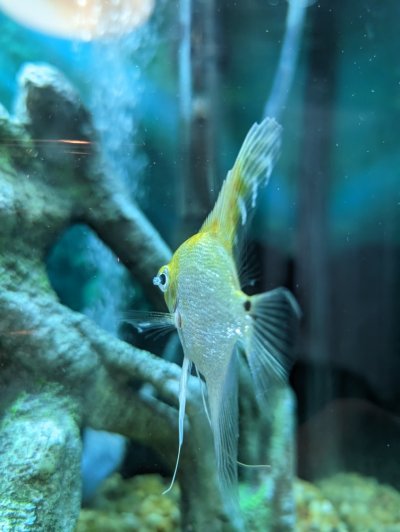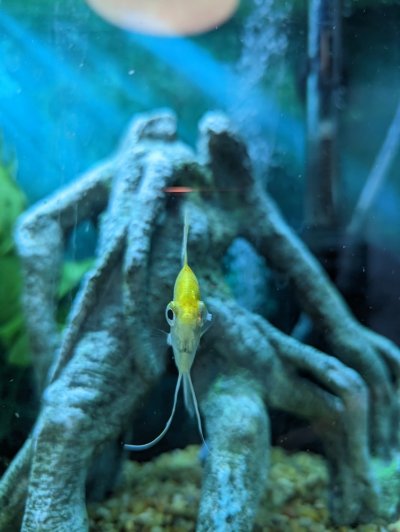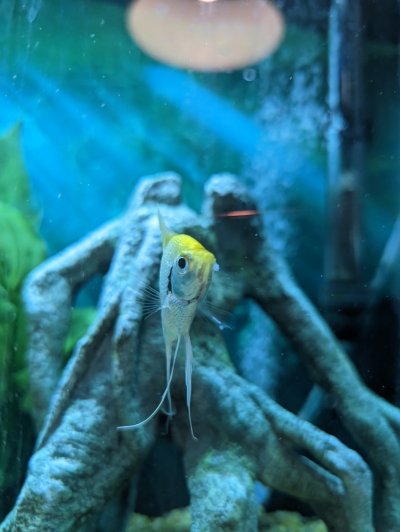Typical chloramine treatment levels is 2 to 4ppm and about 25% of the chloramine will show as ammonia, so 0.5 to 1ppm of ammonia is normal for chloramine treated water. Many people keep fish just fine in chloramine treated water without doing anything out of the ordinary, and more and more people will have to going forward as chloramine will become more common as its a more effective water treatment.
You yourself managed just fine until you lost your cycle. 1ppm of ammonia will cycle out very quickly, and unless you test immediately after a water change you would probably never even notice its there.
A reasonable precaution is to use an ammonia detoxifying water conditioner like prime to minimise the risk posed by the ammonia until your cycle removes it. While you are re-establishing your cycle, do the best you can with water changes to keep it as low as you are able, and again detoxify the ammonia with a suitable water conditioner.
I wouldnt recomend anything like zeolite that removes ammonia from your aquarium as it would prevent your cycle from re-establishing. You could try and remove the ammonia from your tap water before adding it which would reduce the risk of your fish in cycle, but you have your ammonia at safer levels now, its just a matter of keeping things there until you are again cycled.


